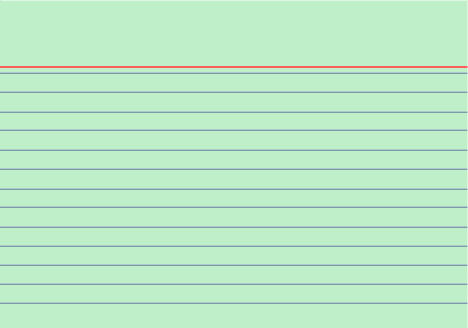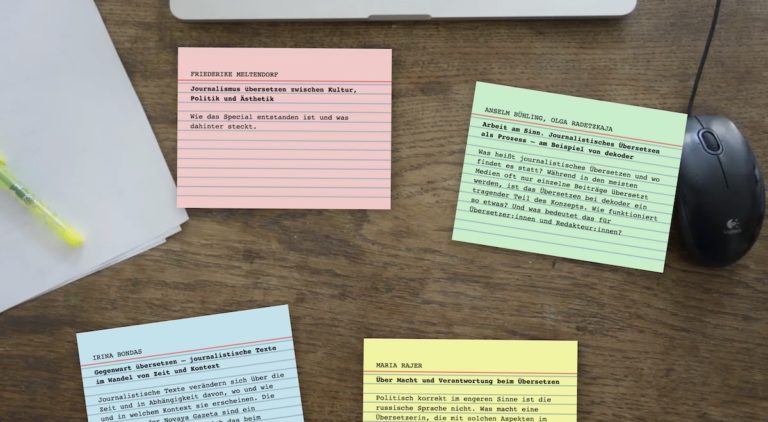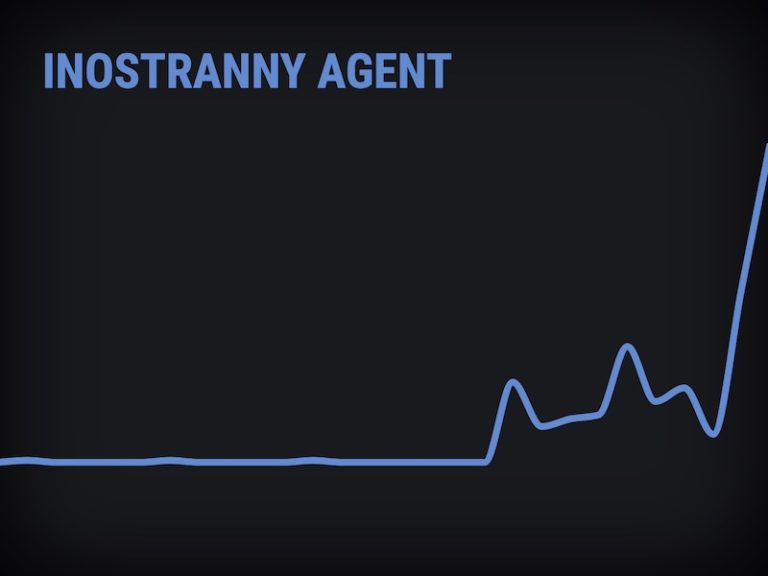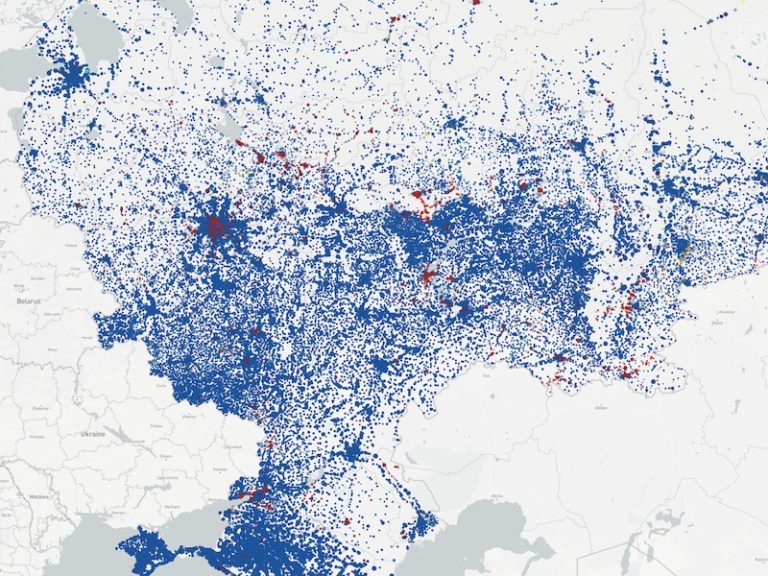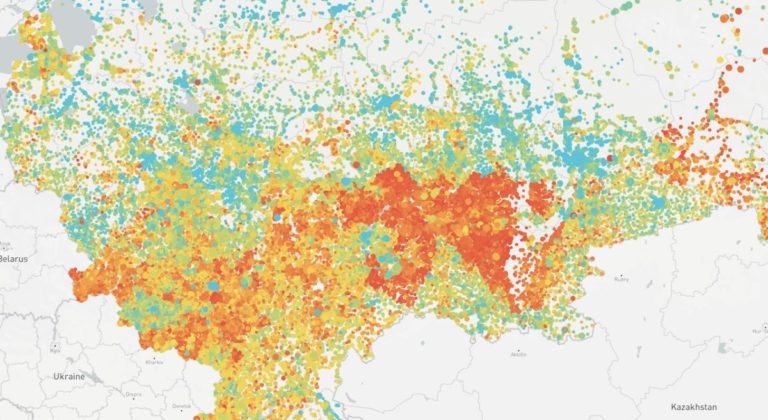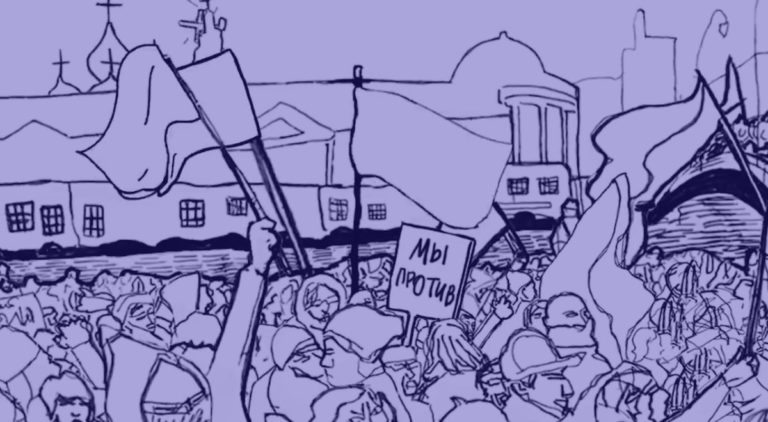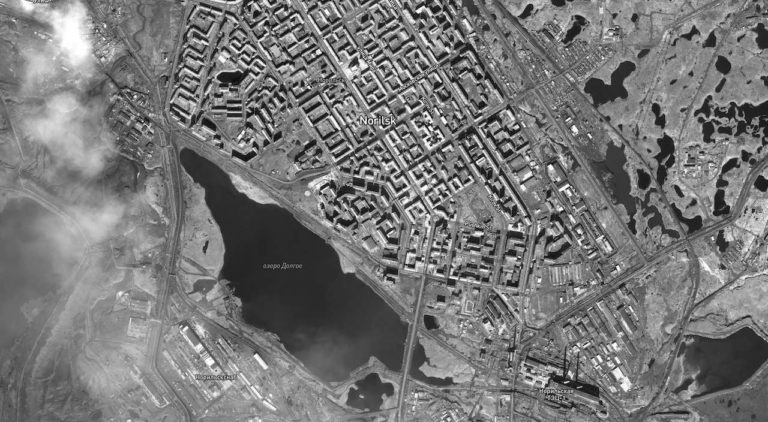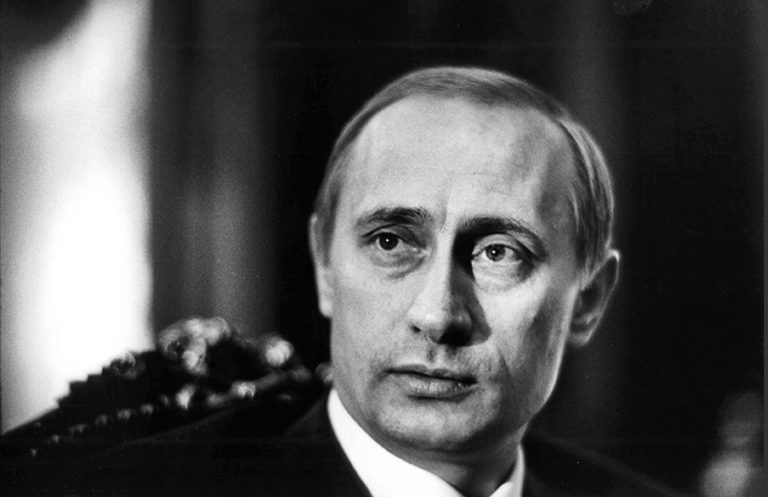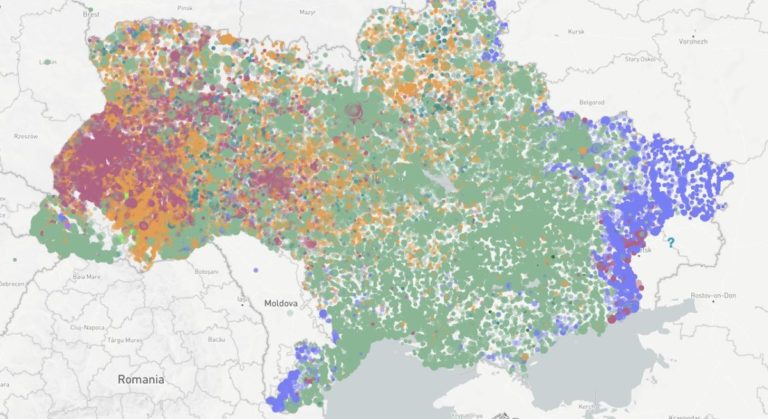What does journalistic translation involve and where does it happen? Whereas most media outlets only occasionally have a piece translated, translation is fundamental to the entire concept of dekoder. How does something like that work? And what does it mean for translators and editors?
Articles published by professional journalistic media like dekoder are usually well-written: they are coherent and cohesive, they flow well. Though not apparent to readers, this is the result of a series of steps. With an original article, such as one written in German for a German-language media outlet, the first step is usually discussing the idea for the piece with an editor. Then the author works up a concept, researches the subject-matter and writes a first draft, which she continues to work on until she has the final version. The article you are reading now is an example of this kind of text.
Once finalised by the author, the text lands on the editor’s desk. His job is to get the manuscript fit for publication: he checks it for accuracy (large editorial departments have their own fact-checking office), polishes the language, and consults with the writer about any significant changes, cuts or additions.
TRANSLATED ARTICLES: WHY ARE THEY A SPECIAL CASE IN JOURNALISM?
Translated articles tend to be treated differently in journalistic media today. Editors rarely devote the same painstaking attention to them as to pieces originally written in their own language, especially if a deadline is looming. But at dekoder, translations are the very essence of the brand, and enabling the German and Russian/Belarusian readerships to gain direct insight into the public debate in the other country is a primary objective. For years, dekoder has been regularly publishing translations of articles from Russian and Belarussian media – including social-media platforms – and, for some time now, Russian translations of articles published in German media too. So before appearing on dekoder, a translation goes through a number of phases: editorial selection, preparation of the source text, translation, translation editing, and contextualisation.
No trace of this multipart production process is apparent in the final version of the text, and that is precisely what makes it a complete, coherent piece – a real text. The word “text” derives from the Latin verb “texere”, meaning “to weave”. This weaving must be skilfully done if the “communicative act” that a text represents from a linguistic standpoint (Wikipedia) is to achieve its purpose. But what goes into this weaving process? What steps are involved? In the following, we describe these steps in more detail, concentrating primarily on the translating and editing stages.
WHAT MAKES A GOOD INFORMATIONAL TEXT?
Most of the texts that appear in journalistic media like dekoder focus primarily on the subject matter. These are texts that are written to explain something – a situation (like the effects of recent sanctions on Russia’s financial system), a political issue (such as the reappraisal of the Stalinist Terror), or to describe an event (such as the poisoning of Alexei Navalny), a concept (e.g. the “Russian world”), or something along those lines. Although the account and the aesthetic aspects of it, like figurative language or sound textures, are significant (particularly in a reportage, for instance), they are nonetheless subordinate to the subject matter. This is different with a literary text, where these things have a significance all on their own.
To present its subject matter cogently, a text of this kind needs to have a sound, structured argument, be intellectually compelling, and exhibit clarity of language. An experienced writer knows this, of course: it is part and parcel of the craft of writing. But skilled writing alone is not enough. The higher the standards for a text, the more important it is to ensure that it is professionally read before publication. The editor’s job description includes appraising a text from the reader’s perspective, as well as revision work. The editor suggests changes, things that may be added or cut, rewords sentences, inserts headings, restructures sentences or paragraphs, and sometimes the entire piece: all with the aim of getting the text in the form best suited to its content and purpose.
TRANSLATION AS RE- OR NEW CONSTRUCTION
The translator takes up a position between the author and the editor: her job is to read the text in the source language (Russian, for example) as closely as possible, and then to rewrite it in the target language (German, for example). She cannot just shift a text from one language to the other in one fell swoop. She needs to break it down in detail, and then put it back together again anew. A great many changes have to be made before a translation can fulfil its purpose and produce a comparable effect to the original: different languages avail themselves of different images and figures of speech; extensive descriptions and repetitions that do not seem odd in Russian can sound awkward and redundant in German; rhetorical devices like irony, sarcasm and pathos operate differently in the two languages; and some terms – such as Russian’s narod and German’s Volk (nation/people) or vozhd and Führer (leader/guide) – may trigger entirely different associations and must therefore be treated with caution. That means, for example, that to maintain clarity or logical consistency, the translator may have to change the order in which information appears in a sentence or a paragraph. A case in point: the general rule in German is that the elements conveying less informational content (i.e. saying something the reader already knows) should come earlier in the sentence than elements with more (new) informational content. But other languages often follow a different logic.
ACCOUNTING FOR TARGET READERSHIP AND TEXT TYPE
In addition, specific types of texts have specific requirements. dekoder publishes texts of different kinds, including glosses (commentaries), interviews, reportages and analyses. Beyond their subject matter, these different kinds of texts have little in common. The tone of an analytical piece, for instance, ought to be objective; whereas in glosses, which aim to convey nuances and ambiguities, the author’s individual style is more important; a reportage tells a story; and an interview requires that spoken language be put in written form. But there is another layer involved with translated pieces like those dekoder publishes, due to the fact that expectations of these different kinds of texts vary from one country to another. For instance, opinion pieces in Russian media – including social media or exile media (to which the Kremlin-critical discourse has largely relocated since 24 February 2022) – often adopt a harsher tone than in German media, where commentators tend to prefer a more restrained, contextualising approach.
Last but not least, the environment of the text and its intended readership are also important: an opinion piece in a tabloid like Bild functions differently than an editorial in the more highbrow Zeit. At dekoder, the situation is even more complex. For one thing, the translation needs to take the environment of the original text into account and reflect it: the information that the translation needs to convey to the reader includes knowledge about where it originally appeared. Was it published in an independent media outlet whose readers are used to analysing and forming their own opinion on controversial issues? Or by a state-run media outlet with the aim of mobilising readers in line with the government’s interests? Moreover, as readers of the translated text do not live in its country of origin and their knowledge base differs greatly from its original readership, they may, for example, lack the contextual knowledge necessary to understand certain references and allusions.
TRANSLATION EDITING
For all of these reasons, it is important that the piece, once translated, be edited again – and that contextual information be provided. Sometimes only parts of a longer piece are translated. In that case, before the translator sets to work, decisions have to be made as to which passages are of particular value for readers in the other country.
At dekoder, the translated text is reviewed by an editor with experience in translation work. She can compare the original and translated texts, and use her editing skills to hone the translation: she gives the new version its final polish, tightens it up, trims the extraneous, decides what calls for additional explanation. At dekoder, for example, “Blurbs” (speech balloons containing notes on names, events or terms, etc.) and “Gnosen” (links to background articles) are used to provide additional information without weighing down the piece itself. In so doing, the translated text can convey a vivid impression of the character of the publication in its original context, while also making it accessible to a readership with a different knowledge base. That accessibility is due to these additional levels and contextual information, including editorial notes on the author, where the text was originally published, and where the article fits within a particular debate.
This does not definitively resolve the eternal dilemma of translation – “naturalising” versus conveying the “foreignness” of a text –, but it does afford a rather elegant way of balancing it out, and even rendering it productive.
